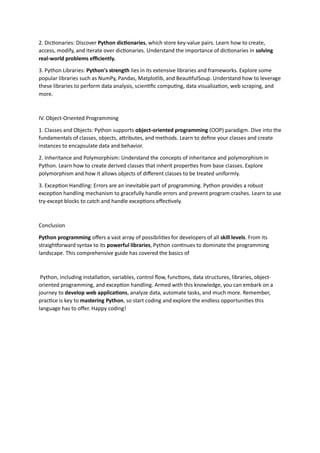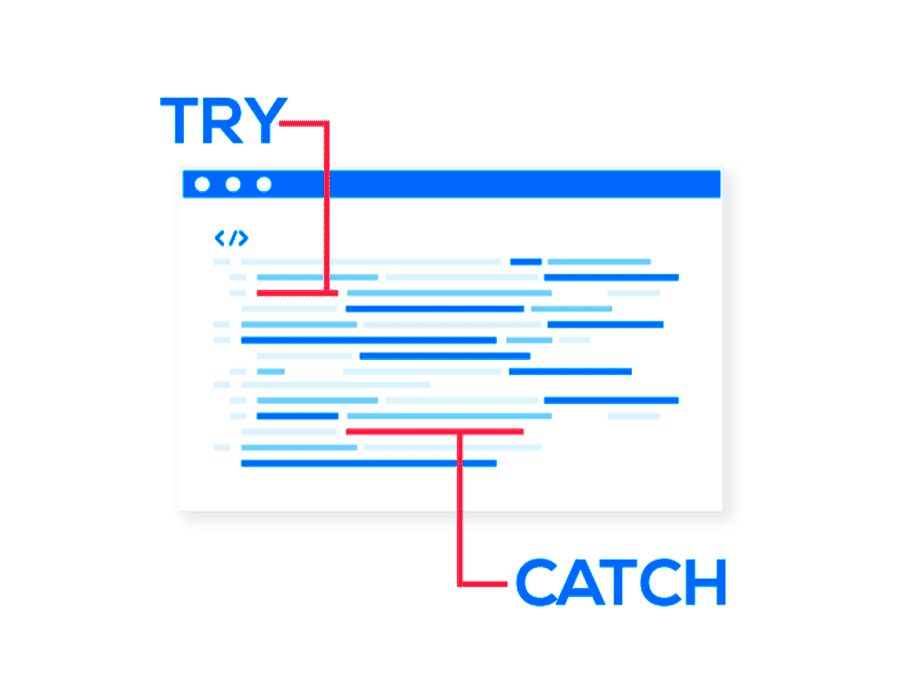Exception Handling: Mastering Errors Gracefully

Executive Summary

Exception handling is an indispensable aspect of software development that empowers developers to anticipate, trap, and manage errors, safeguarding the stability and user experience of applications. This comprehensive guide delves into the intricacies of exception handling, providing readers with the knowledge and techniques to effectively handle errors, enhance code resilience, and ensure seamless application operation.

Introduction
In the realm of software development, errors are an inevitable part of the coding process. Unforeseen events, invalid inputs, and system failures can lead to exceptions, disrupting the normal flow of program execution. Exception handling provides a systematic approach to managing these errors, allowing developers to maintain application stability, provide informative error messages to users, and prevent system crashes.
Frequently Asked Questions (FAQs)
1. What is the purpose of exception handling?
Exception handling enables developers to control how errors are managed, ensuring that applications can respond appropriately to unexpected events and continue operating gracefully.
2. Why is exception handling important?
Exception handling enhances application reliability, improves user experience by providing meaningful error messages, and simplifies debugging by directing developers to the source of errors.
3. What are the different types of exceptions?
Exceptions can be classified into two main types: checked exceptions, which must be explicitly handled in code, and unchecked exceptions, which are propagated automatically by the system.
Top Subtopics in Exception Handling
Error Prevention and Mitigation
- Type Checking: Verifying the data types of inputs to prevent errors caused by invalid data.
- Bounds Checking: Ensuring that array indices and other accessors remain within valid ranges.
- Input Validation: Sanitizing user input to prevent malicious or erroneous data from entering the system.
- Robustness Testing: Thoroughly testing code under a variety of conditions to uncover potential error scenarios.
Exception Propagation
- Controlled Throwing: Explicitly throwing exceptions when errors occur to alert calling methods.
- Automatic Propagation: Propagating exceptions automatically up the call stack when not explicitly handled.
- Custom Exceptions: Creating custom exception classes to provide more detailed and context-specific error information.
Exception Handling Best Practices
- Use Descriptive Exception Messages: Provide clear and concise error messages that help identify the cause of the error.
- Avoid Global Exception Handlers: Limit the use of global exception handlers that catch all exceptions, as they can make debugging difficult.
- Prioritize Exceptions: Rank exceptions based on their severity and frequency, handling critical errors first.
- Log and Report Errors: Record exceptions to aid in debugging and provide actionable insights for improvement.
Error Recovery Techniques
- Retry Mechanism: Attempting to execute failed operations multiple times to handle temporary errors.
- Fail-Safe Operations: Implementing alternative actions that maintain system functionality despite errors.
- graceful Degradation: Reducing the functionality of the application to maintain partial availability in the face of errors.
- Circuit Breakers: Breaking connections or suspending system processes when excessive errors occur to prevent cascading failures.
Logging and Monitoring
- Error Logging: Recording exceptions and their details to facilitate debugging and track error trends.
- Exception Monitoring: Regularly monitoring applications for exceptions to identify patterns, fix issues, and improve performance.
- Centralized Logging: Aggregating error logs from multiple sources in a central location for easier analysis and tracking.
- Real-Time Alerts: Configuring systems to send alerts when critical exceptions occur, ensuring timely response to outages or errors.
Conclusion
Exception handling is a crucial aspect of software development, empowering developers to manage errors effectively and safeguard the stability and reliability of applications. By employing sound exception handling techniques, developers can prevent errors from derailing applications, provide informative error messages to users, and facilitate rapid problem resolution. Adopting the principles and best practices outlined in this guide will enable developers to master error handling and deliver resilient, user-friendly, and high-quality software products.
Keyword Tags
- Exception Handling
- Error Management
- Software Development
- Robustness
- Debugging


